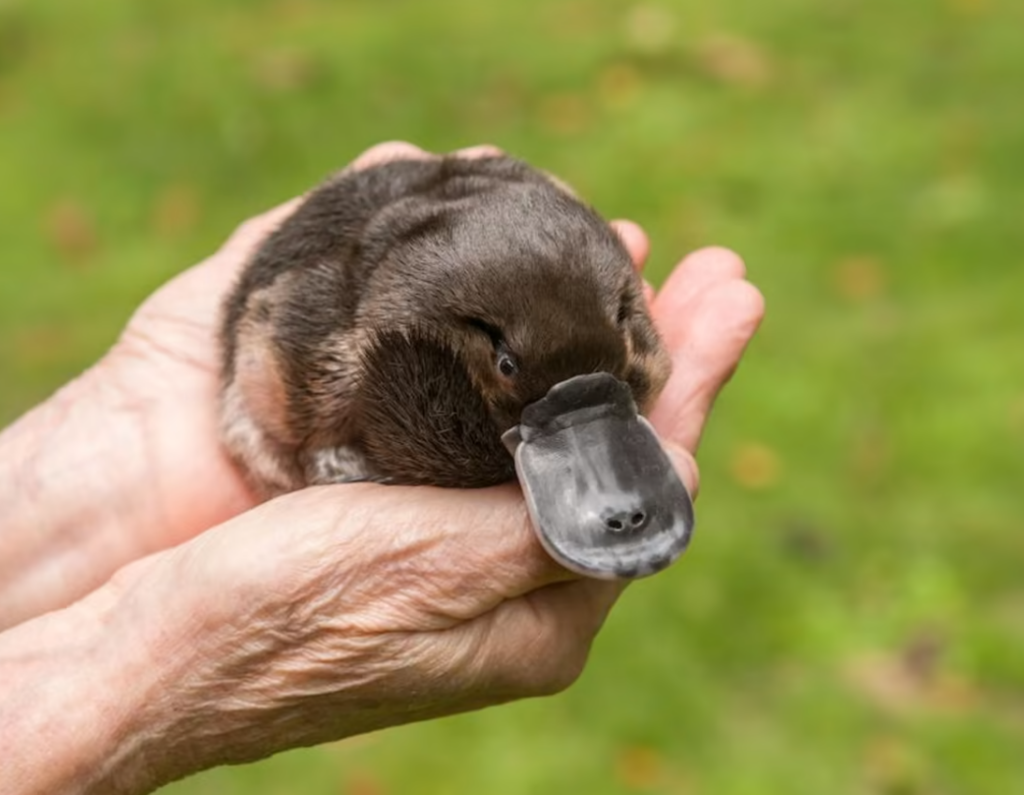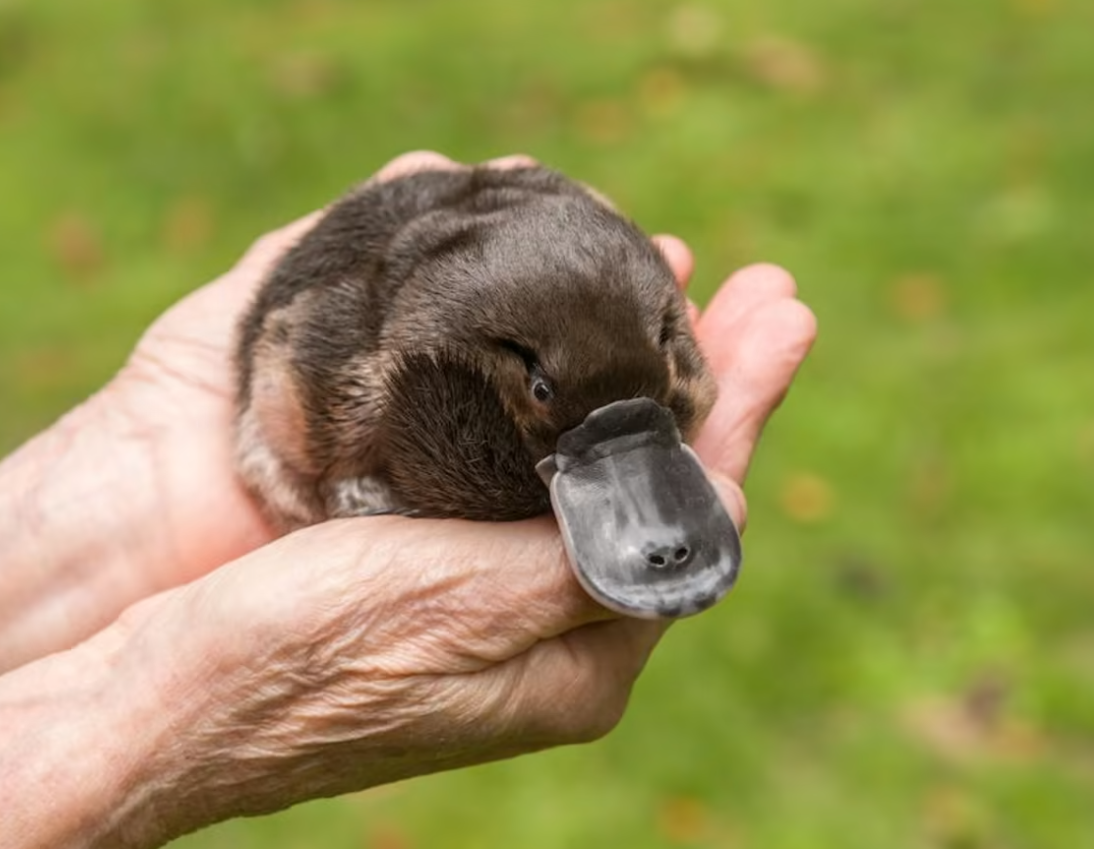The platypus is one of the world’s most fascinating animals, combining features of mammals, birds, and reptiles into a single, bizarre creature. Native to Australia, this unusual animal has captivated the curiosity of scientists and animal lovers alike. Here are some truly intriguing facts about the platypus that showcase just how extraordinary it is.

- The Only Mammal That Lays Eggs
One of the most surprising facts about the platypus is that it’s a mammal that lays eggs. Unlike most mammals, which give birth to live young, female platypuses lay eggs and incubate them in a burrow for about ten days. This trait places the platypus in a unique group known as monotremes, along with the echidna, making it one of only two types of egg-laying mammals on Earth.
- A “Duck-Billed” Mammal with Unique Feeding Habits
The platypus is often recognized by its duck-like bill, which serves a surprising purpose: it’s packed with electroreceptors that allow the platypus to detect the electrical signals produced by prey in the water. This highly developed sense helps the platypus find food in murky rivers and creeks, where it feeds on small aquatic animals like insects, worms, and shellfish.
- Venomous Spurs: A Rare Feature in Mammals
The male platypus is equipped with venomous spurs on its hind legs, which it uses to defend itself against threats or to compete with other males during breeding season. The venom can cause intense pain in humans, though it’s not life-threatening. This unusual feature is rare among mammals and adds another layer of uniqueness to the platypus.
- Waterproof Fur and Webbed Feet for Swimming
Platypuses are well-adapted for a semi-aquatic lifestyle. Their dense, waterproof fur helps insulate them from cold water, while their webbed feet allow them to glide through the water with ease. When on land, the platypus retracts the webbing on its feet to reveal claws, making it equally skilled at digging burrows along riverbanks.

- Unique Dental Structure
Adult platypuses have no teeth! Instead, they use rough pads in their mouths to help grind up food. When they scoop up prey from the riverbed, they also pick up small pebbles, which act as natural “grinders” to help them break down food.
- An Ancient Species With Few Changes Over Millions of Years
Fossil records suggest that the platypus has existed for over 100 million years, making it one of Earth’s most ancient species. This “living fossil” has changed very little over the millennia, which means today’s platypuses closely resemble their ancient ancestors. Studying the platypus gives scientists unique insights into early mammalian evolution.
- A Unique Role in the Ecosystem
The platypus plays a vital role in the freshwater ecosystems of Australia. By feeding on small aquatic invertebrates, they help control insect populations and contribute to the health of their habitats. However, due to threats from pollution, habitat loss, and climate change, conservation efforts are crucial to protect this iconic species and maintain the balance of its ecosystem.
Conclusion: Nature’s Marvel of Evolution
The platypus is a remarkable example of nature’s creativity, showcasing traits that are rarely, if ever, found in other animals. From its egg-laying habits and venomous spurs to its electro-sensitive bill, every feature of the platypus tells a unique evolutionary story. Learning about this “living fossil” reminds us of the diversity and complexity of life on Earth, highlighting the importance of protecting and conserving rare species for generations to come.
